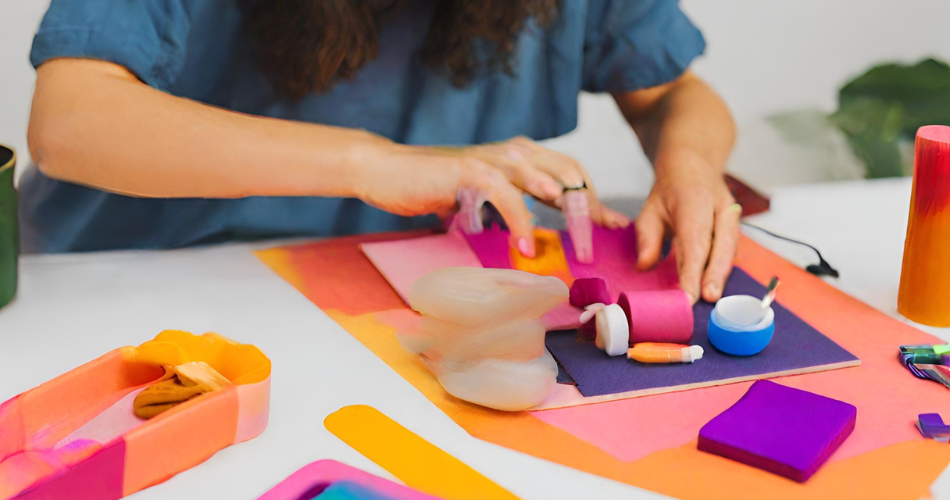Creating a new physical product involves a fascinating blend of art, science, and technology. Modern advancements have revolutionized the way we design and produce physical items, from consumer electronics to furniture and everything in between. In this article, we will delve into the technologies, materials, and software that play a crucial role in the process of designing and creating physical products.
What technology is used in product design?
Product design is propelled by a myriad of technologies, each serving a specific purpose in the development cycle. Computer-Aided Design (CAD) software is a cornerstone in the industry, allowing designers to create intricate 2D and 3D models. These models provide a clear visualization of the product and enable designers to iterate and make improvements efficiently.
Moreover, 3D printing technology has gained significant traction in recent years. It allows designers to create prototypes rapidly and cost-effectively, facilitating the testing and validation of designs before moving into mass production. Additionally, Virtual Reality (VR) and Augmented Reality (AR) are being integrated into the design process to provide immersive experiences and refine product designs based on user feedback.

How do you create a physical product?
Creating a physical product involves a well-defined process that begins with ideation and conceptualization. The first step is to clearly define the problem the product will solve and the target audience it will serve. Once the idea is refined, designers utilize various design tools and software to create detailed blueprints and prototypes.
Prototyping is a crucial phase in the creation of a physical product. It allows for testing and validation of the design, functionality, and usability. Adjustments and improvements are made based on the feedback received during the testing phase. Once the prototype is perfected, the product moves into the manufacturing phase, where it is produced at scale for commercial distribution.For digital product design inspiration, check out Zeemcut, and for remarkable physical product design, visit MysticalJo.
Which materials or software may be useful to design and build a new product?
The choice of materials significantly impacts the final product’s aesthetics, durability, and functionality. Common materials used in product design include plastics, metals, wood, ceramics, and composites. Each material has its unique properties, making it suitable for specific applications. For instance, plastics are versatile and often used in consumer goods, while metals are preferred for their strength in structural components.
In addition to materials, specialized software plays a vital role in product design. Here are some widely used software applications:
- AutoCAD: A leading CAD software for 2D and 3D design and drafting.
- SolidWorks: Known for its 3D modeling capabilities and engineering design automation.
- Fusion 360: Offers a comprehensive toolset for product design, engineering, and collaboration.
- Rhino: Particularly useful for creating complex 3D models, especially in industrial design and architecture.

What is the role of technology in product design?
Technology has revolutionized product design by enhancing efficiency, accuracy, and creativity. It expedites the design process, allowing for rapid prototyping and iteration. Additionally, technology enables designers to simulate real-world conditions, ensuring that the product meets performance expectations before physical production.
Moreover, the integration of technology like IoT (Internet of Things) into product design has opened up new possibilities for interconnected and smart products. Sensors, connectivity, and data analytics enable designers to create products that are more intuitive, efficient, and tailored to the needs of the modern consumer.
In conclusion, the world of product design is continually evolving, driven by advancements in technology and a deeper understanding of materials. With the aid of sophisticated software and innovative manufacturing techniques, designers can bring their visions to life, shaping the future of product design. If you’re looking to capture your creative ideas and design sketches, consider using a Spiral notebook or a Bullet journal for a touch of elegance and style in your note-taking endeavours.




What an engaging read! The author did a great job breaking down complex ideas. It would be interesting to dive deeper into this topic. Looking forward to hearing everyone’s thoughts. Click on my nickname for more engaging content!